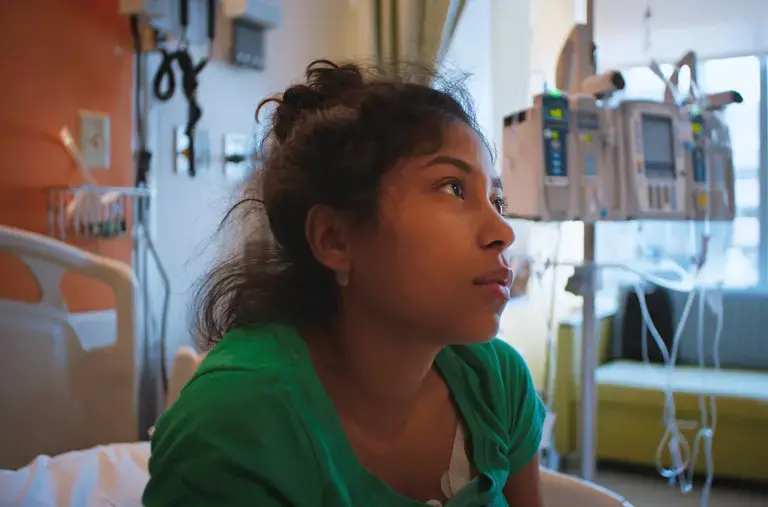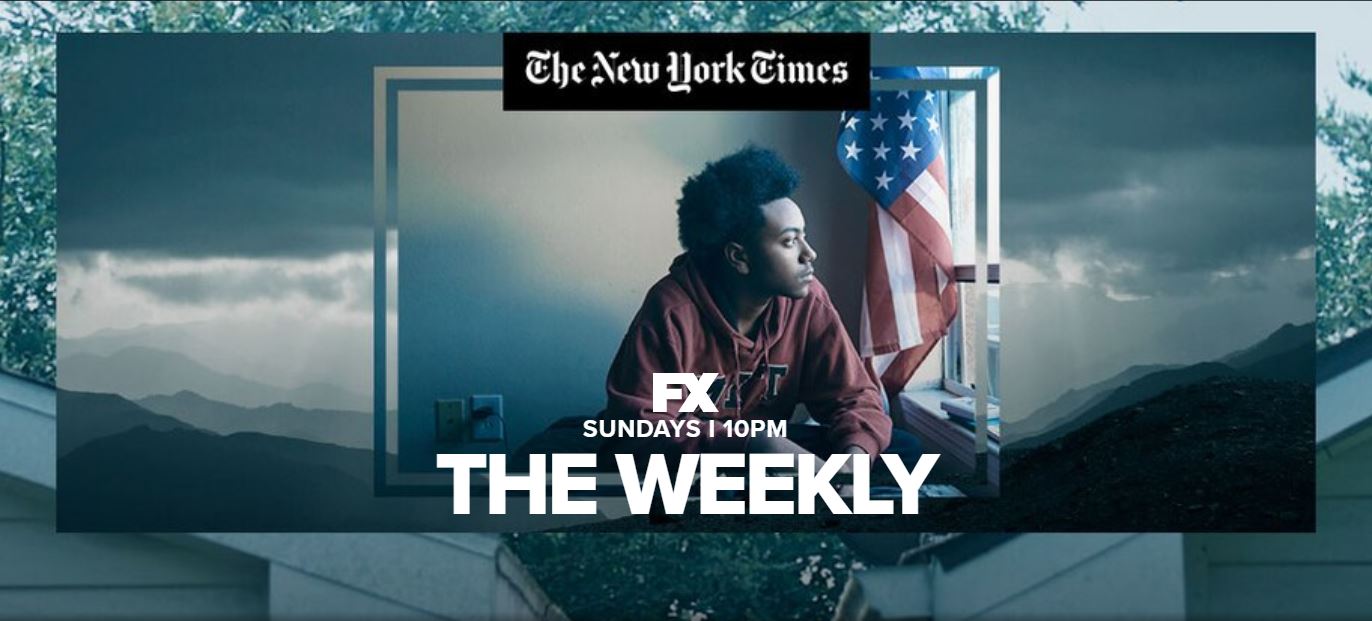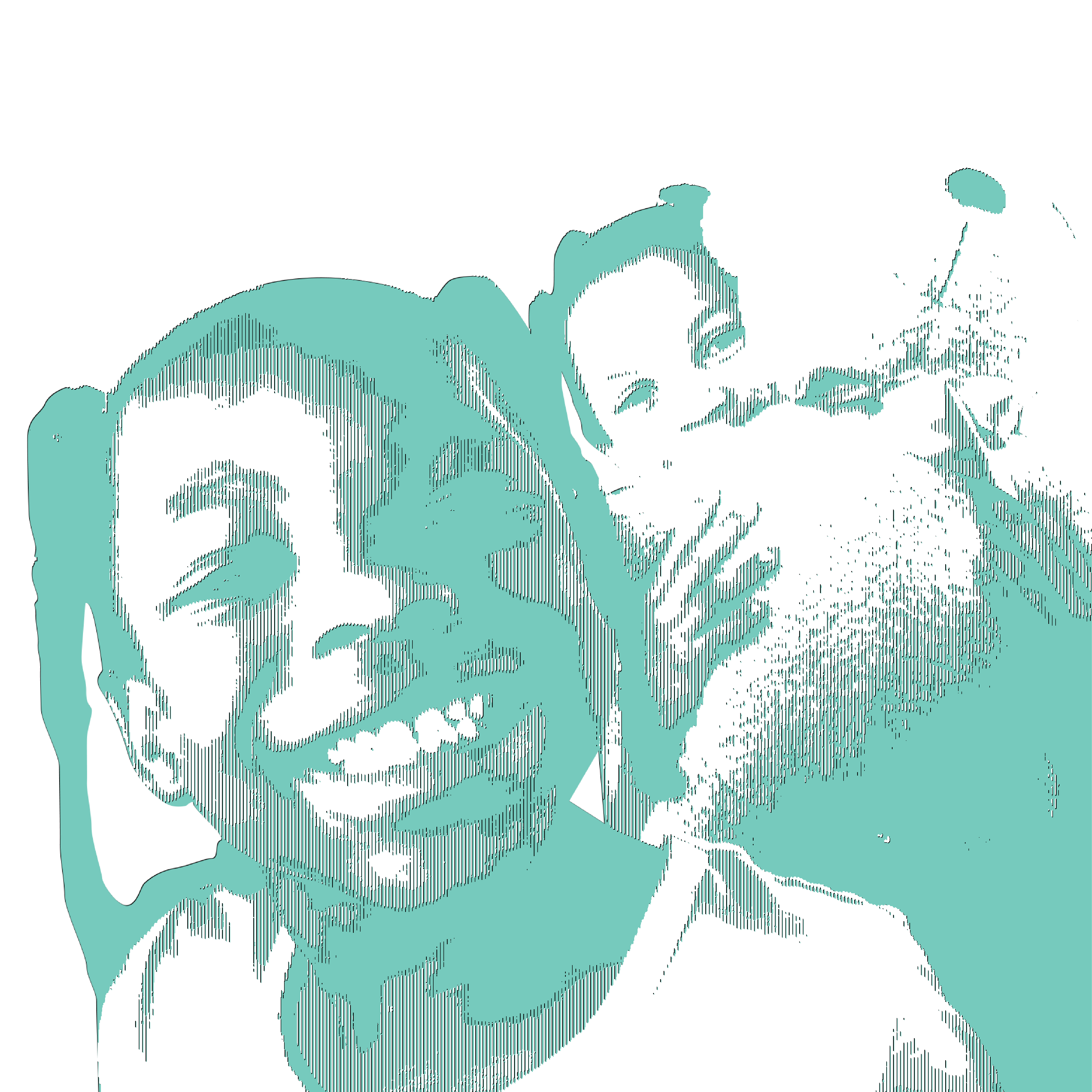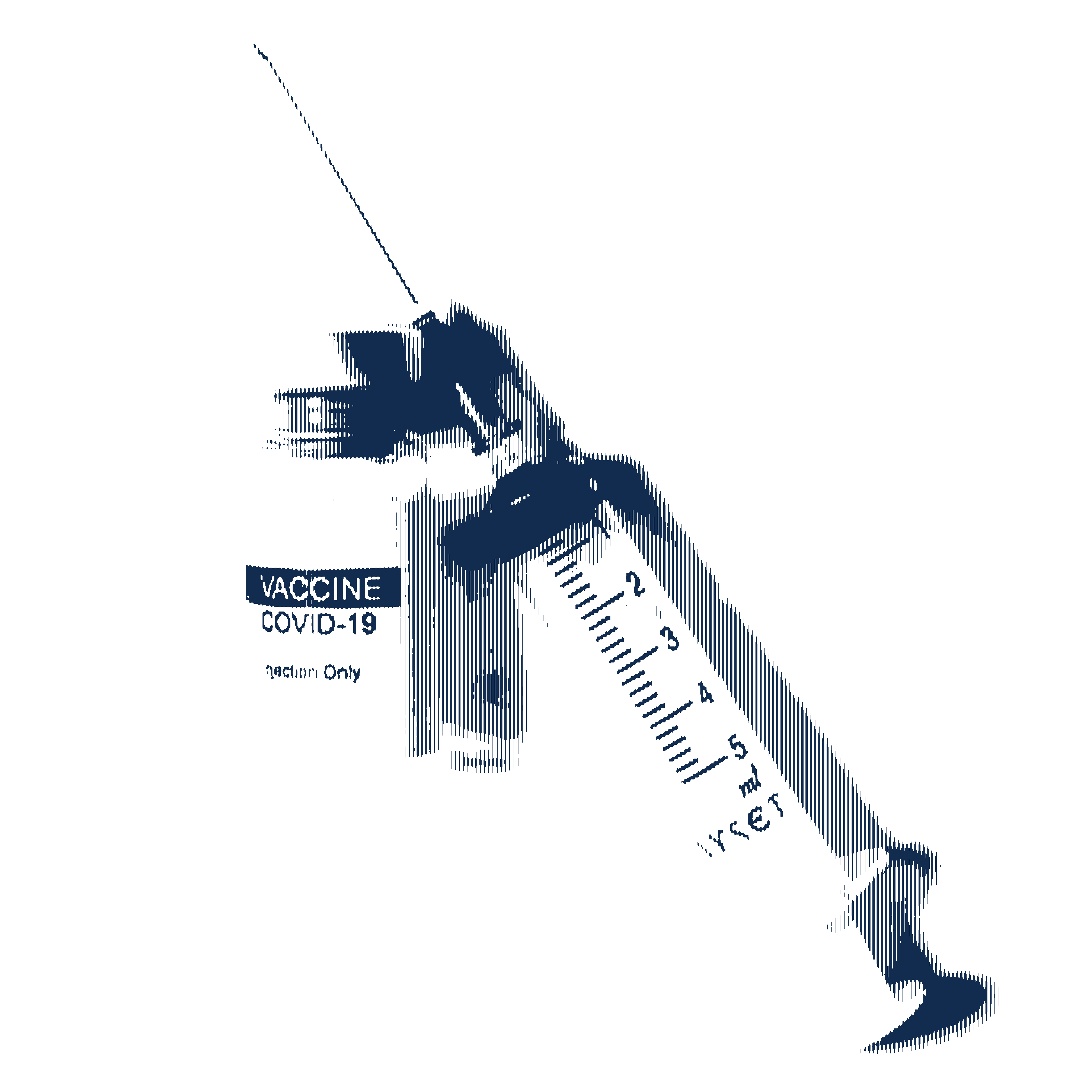Lesson Plan February 18, 2020
The Weekly: Analyzing the Impacts of Chronic Disease
Country:
Grades:
Warm-up: What is chronic disease, and how does it affect people's lives?
Introducing the Resource: Watching “My Blood,” an episode of "The Weekly." The full episode is available on The New York Times website here, though there may be a limit to how many episodes you can view or a subscription may be required. Some episodes are also available to subscribers on FX or Hulu.
Discussion: Exploring the content and structure of this episode.
In-class Activity: Analyzing the impact, treatment options, and barriers to health care access for different chronic diseases around the world.
Extension Activities:
1. Creating graphics to explain the causes, effects, and treatment options for a disease
2. Researching chronic disease and health care access in your community

Objectives:
Students will be able to…
- Explain what chronic disease is generally, and how sickle cell specifically affects people
- Analyze the structural barriers to accessing health care and chronic disease treatment
- Communicate scientific knowledge of a public health issue to the general public
Warm-up:
1. Think about the last time you were sick. Privately answer these questions:
- What sickness did you have? What were the symptoms?
- How did being sick impact you? Were there any activities that were harder for you, or that you were unable to perform?
- What did you do to get better? Did you use any medicines or go to the doctor?
- How long did it take for you to get better?
- If there weren't any medicines or doctors that could help you, or if you didn't have access to them, how do you think that would have affected you?
If you are comfortable, feel free to share your answers with the class.
2. Many people in the U.S. and all over the world suffer from chronic diseases, or sicknesses that last one year or longer. According the CDC, six in ten adults in the U.S. have a chronic disease, and four in ten have two or more. Some chronic diseases may be managed but do not have a cure. As a class, discuss:
- Imagine that the last sickness you had didn't go away, and instead lasted for years. How do you think that would have impacted you?
- Sickle cell disease is one chronic disease that we will learn about in today's lesson. Read about its symptoms here. How do you think people living with sickle cell might be impacted?
- To come up with cures and improved treatments, scientists have to study the disease, which is costly. There are many different chronic diseases. How do you think scientists prioritize the diseases they study?
Introducing the Resource:
In this episode of "The Weekly," you will learn about sickle cell disease, the most common inherited blood disorder in the United States, how it affects people's lives, and what hope there is for the future. "My Blood" follows the story of Helen Obando, the youngest person to undergo a new form of gene therapy that doctors believe may have the power to cure sickle cell—and it appears to be working.
While you watch "My Blood," track new information about sickle cell, how it affects people, and efforts toward a cure by responding to the following questions:
Click here for a printable PDF
Discussion:
1. What moments in this episode stood out to you? What did you find most powerful, and why?
2. What is the effect of starting this episode off with an introduction to the whole Obando family?
3. This story centers on Helen Obando. Why do you think it was important to include Sedika Gazey, Elijah Powell, and other people suffering from sickle cell? What do their voices add?
4. In your own words, explain: what is sickle cell disease, and how does it affect the body?
- How does "My Blood" explain sickle cell and its effects? Whose voices do you hear, and what non-verbal tools do the journalists use to help viewers understand?
- How do the graphics used to illustrate scientific and medical concepts support this story?
5. What barriers do people with sickle cell face in getting treatment, and why? Discuss with relation to:
- Race
- Socioeconomic status
- Invisible illness
- The health care and medical research systems
In-class Activity:
1. Divide into pairs or small groups, and choose one of the following stories about chronic diseases around the world to explore:
- Two Haitian Boys Are Battling Cancer. 700 Miles May Make all the Difference [Cancer in Haiti]
- Zika's Never-Ending Emergency [Congenital Zika syndrome in Brazil]
- Dying to Breathe [Silicosis in China] *Content warning: Suicidal ideation and attempted suicide
- Surging Prescriptions, Deaths: Australia Faces Opioid Crisis [Opiod addiction in Australia] *Content warning: Drug use and overdose
- Diabetes on the Rise in Senegal [Diabetes in Senegal]
2. After reading, answer these questions in your small group:
- What chronic disease does this story center on?
- How does this disease affect the people who struggle with it? How does it affect their families, friends, and/or communities?
- What are people doing to help people with this disease? What cures, treatments, or preventative measures exist?
- What barriers stand in the way of people accessing treatment?
3. Share your answers with the class, and discuss together: What patterns do you see in the effects, solutions, and barriers across health crises? Compare and contrast the issues you read about with those your classmates shared and the issue of sickle cell disease in the United States.
Extension Activities:
Option 1. How can you effectively communicate important medical information to people who may not be science experts? Choose a disease that you think people should know about (explore this page for ideas), and create a graphic that illustrates the following information:
- How do people get this disease?
- How does this disease or infection affect a person who has contracted it?
- If there is a treatment for this disease or infection, how does it work? (If there are many possible treatment options, you may choose to illustrate one.)
Use a credible source to find this information about your chosen disease or infection, such as the Center for Disease Control (CDC) or the Mayo Clinic. Be sure to cite your sources.
Use the animations in "My Blood" as inspirations and models. How can you create an explanation that is engaging and easy to understand?
Option 2. In "My Blood," one mother of a child suffering from sickle cell expresses concern about the possibility of access to gene therapy, even if it is approved for widespread use, saying, "I'm so hopeful, but how much does it cost?...Do the rich get cured, or is it for everyone?"
Health care affordability is a major concern for many Americans. Write a news story about access to health care for people with chronic diseases in your own community. Research what chronic diseases are common in your community, and find out:
- What causes this chronic disease?
- What cures, treatments, or preventative measures exist?
- What barriers stand in the way of people accessing treatment?
- What solutions are there for people who are having trouble accessing the health care they need? Who is trying to help?
Publish your story in your school newspaper, or find another creative way to share the information, such as giving a presentation at your school, writing a letter to the editor of your local newspaper, or sharing it on social media.
Common Core Standards:
CCSS.ELA-LITERACY.RST.11-12.7
Integrate and evaluate multiple sources of information presented in diverse formats and media (e.g., quantitative data, video, multimedia) in order to address a question or solve a problem.
CCSS.ELA-LITERACY.RST.9-10.7
Translate quantitative or technical information expressed in words in a text into visual form (e.g., a table or chart) and translate information expressed visually or mathematically (e.g., in an equation) into words.
REPORTING FEATURED IN THIS LESSON PLAN
-
 English
EnglishAccess free curricula for “The Weekly,” the news documentary television series by The New York Times...




